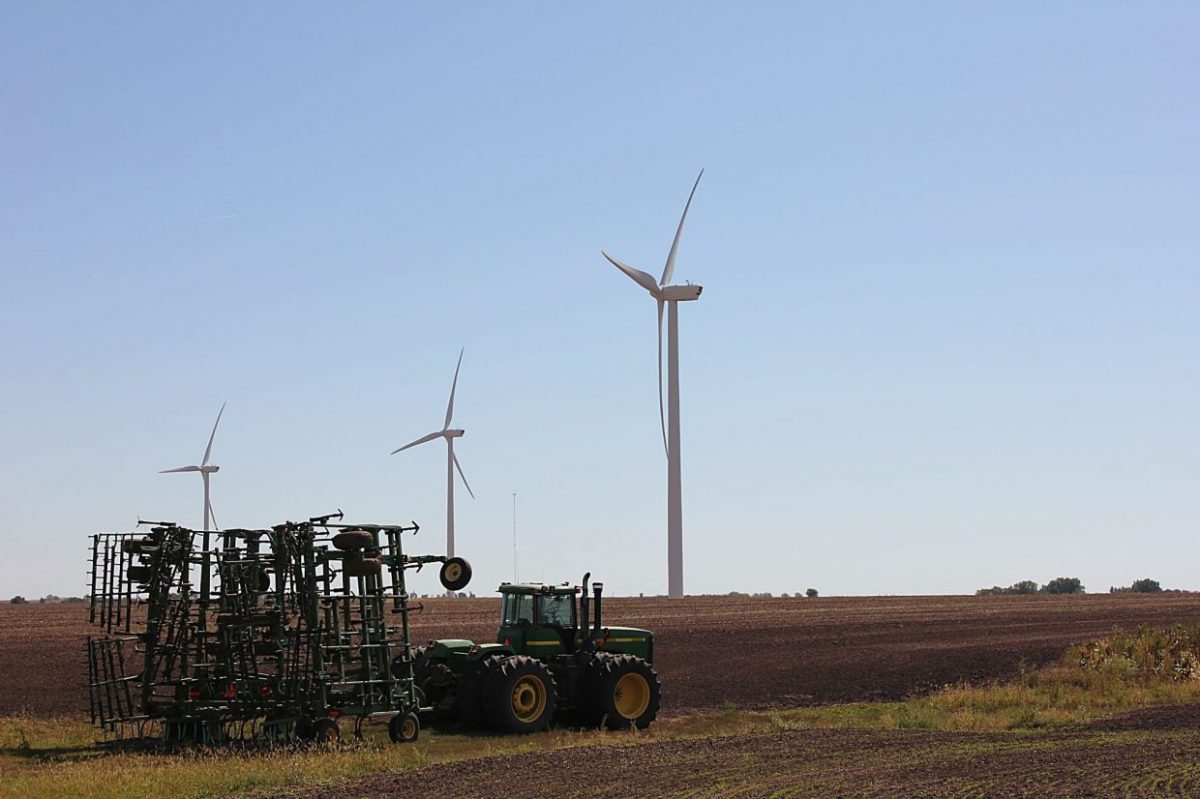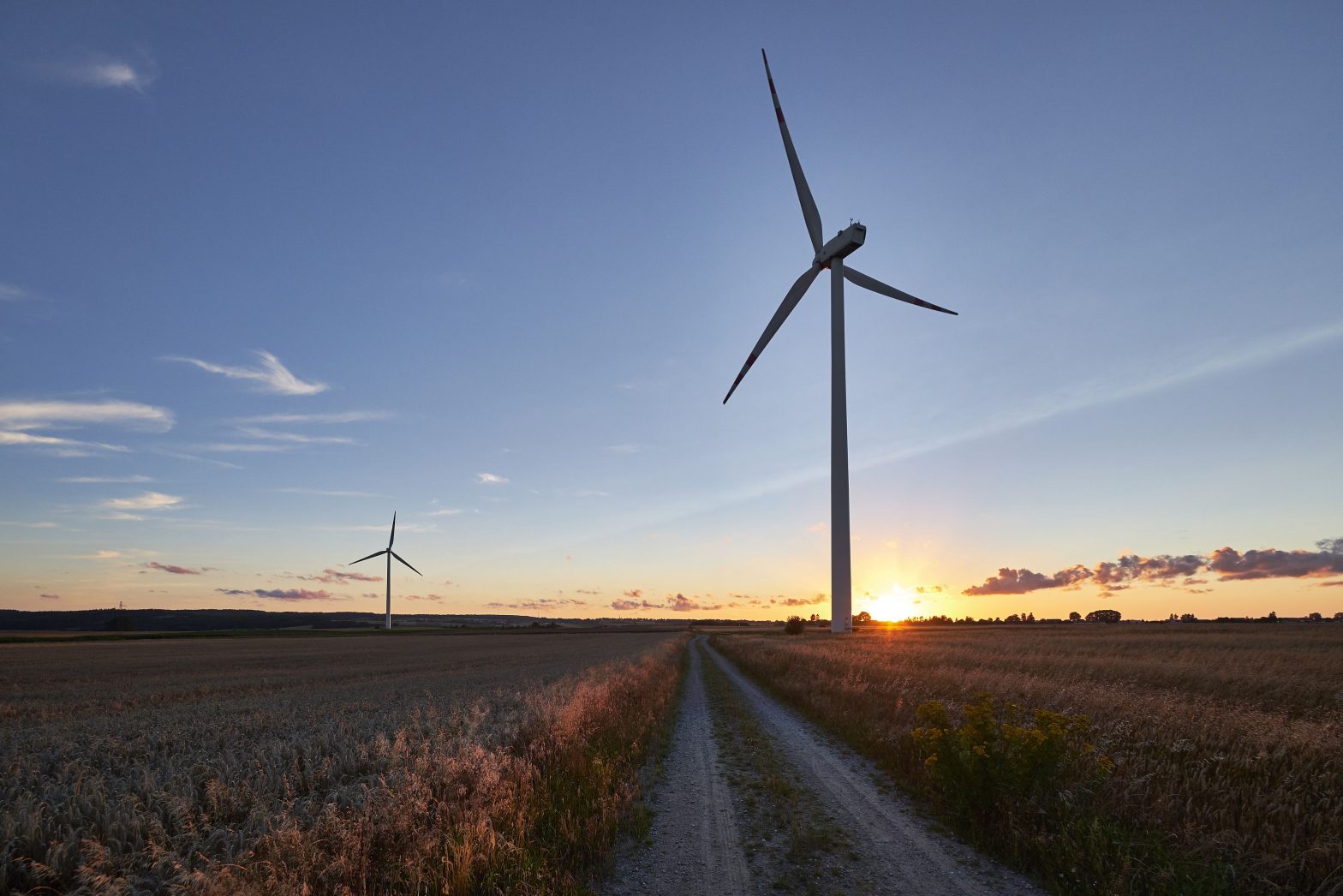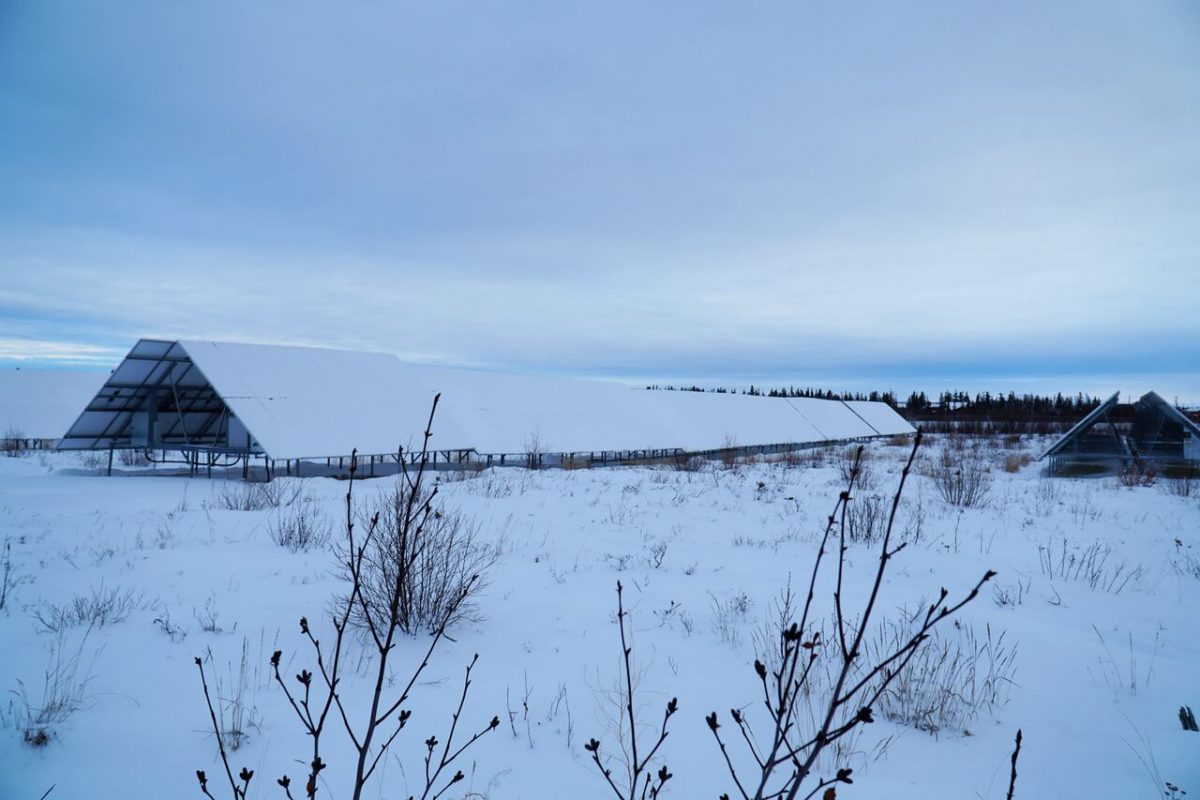For quite a while now, it has been acknowledged that wind farms indeed come with a noise impact. The studies have clarified things. According to research, wind turbines might produce possibly harmful noise if they are installed near sensitive environments. It is a complex matter filled with challenges that everyone should pay attention to.
Social license and regulation
In Canada, there are zero federal regulations on wind farms’ noise impact. Without a legal framework, it may be difficult to evaluate the impact of wind projects. Provincial regulations have established the maximum acceptable noise level to 40 dBA in rural places. The World Health Organization says that this is not a harmful amount, but research says otherwise.
When Health Canada conducted a study about the disturbance level of wind projects based on noise amplitude, it found that noise annoyance significantly increases when it reaches an average noise level of 35 dBA. To understand risks better, regulations must be combined, and the density of these sensitive environments must be analyzed.
Simulation and reality

There is also a lot of debate about how to interpret the results of simulations as opposed to the actual noise to be experienced by receptors. The people behind these environmental impacts require the respect of certain protocols and recognition of calculation methods. While standardized, they may induce unrealistic or conservative results.
If we want a better understanding of the acoustic impact of a wind farm, the simulation must be based on real wind conditions. Studies should be more exhaustive to give a more accurate estimation. Despite this, the resulting economic benefits will make up for this.
Noise emission control in urban settings
There are technological innovations meant to lessen the acoustic impact on the market or in development. A wind project following operating restrictions will be able to control emissions from the turbines and increase the generated power at the same time.
Wind turbines experience wear and tear. An acoustic camera, which uses a microphone matrix to find noise origin, will help determine if components create more noise than they used to.



